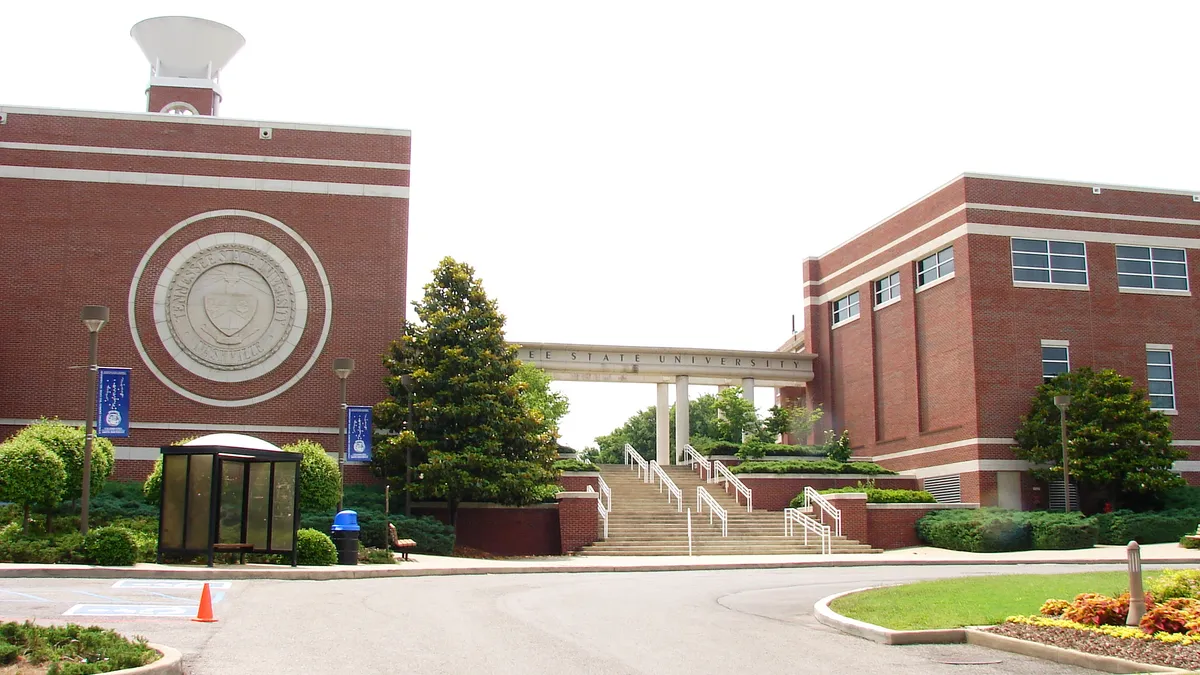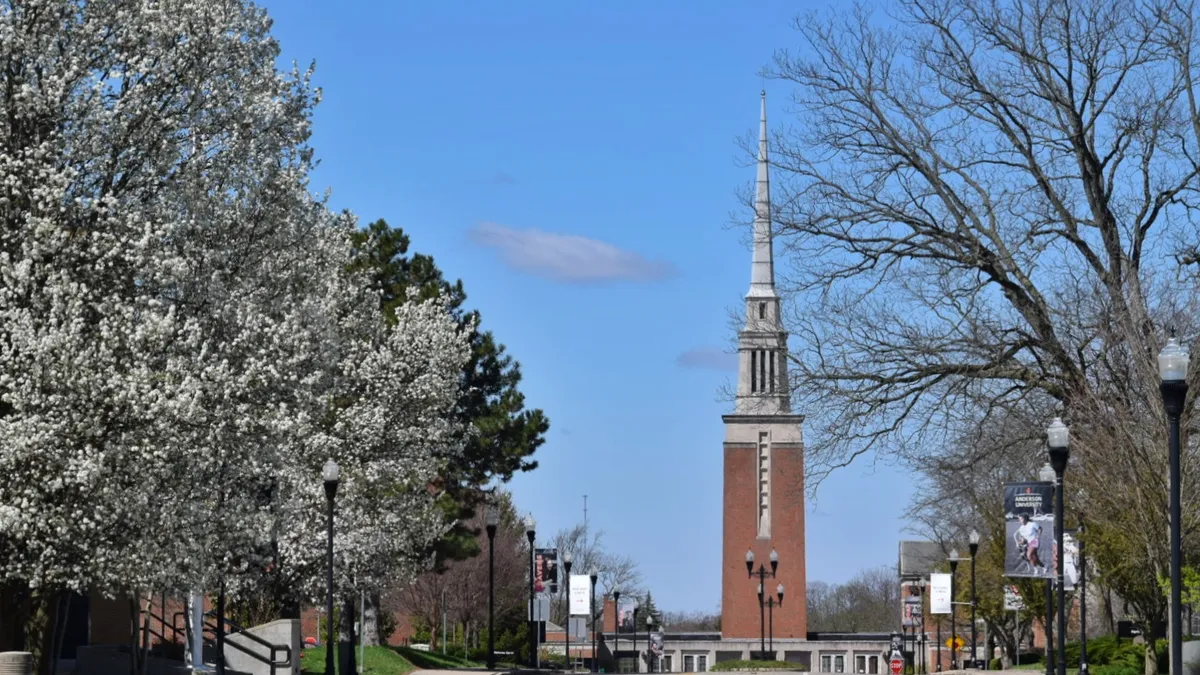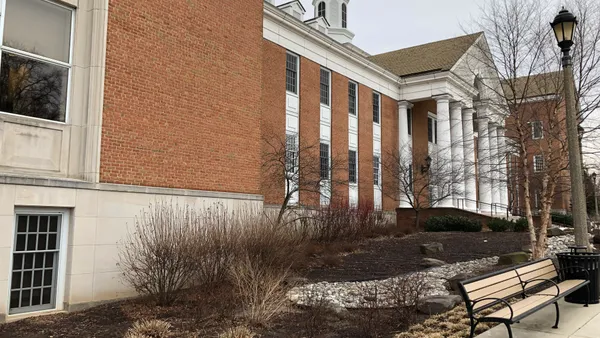Given the widespread conversations regarding the value and accessibility of digital education, it’s clear that technology has a role in the college classroom, but how exactly are faculty using digital learning platforms and incorporating them into their teaching? Earlier this year, Barnes & Noble College Insights conducted Journey of an Access Code, a nationwide research study of 555 college faculty to gauge the impact of learning technologies on the college campus and learn more about faculty views on a range of teaching innovations — from LMS to learning analytics.
TEXTBOOK TO TECHNOLOGY
“The fundamental reason behind the research was to better understand faculty and how they are adapting to the digital landscape,” explains Barnes & Noble College Research Specialist, Steve McSpiritt. It’s a space that Barnes & Noble College, along with its LoudCloud digital learning platform, are active participants. “It’s a segment with few players, but what’s important is understanding the role of faculty,” he says. “If we’re developing OER capabilities and helping to drive that transition in learning, the input of faculty is going to be essential in making that successful.”
That transition, from textbook to technology, while well underway, is far from being mainstream. While over half of the survey’s respondents reported using an LMS every day, less than 30 percent stated they used digital course materials for some or all of their courses. “What we’re seeing is comparable to our research of five years ago,” says Nicole Guerrieri, Director, Digital Education for Barnes & Noble College. “Digital learning is making significant inroads in academia, but it still has a way to go.”
If the research didn’t reveal a digital revolution in the classroom, it did provide valuable insights into the working lives of faculty and how those learning platforms can help. “Among those faculty who are using interactive courseware, tools such as auto-grading homework are regarded as valuable — and that’s understandable, if you think about the current educational landscape,” Guerrieri point out. “Everyone’s budgets are tighter, and with faculty being asked to do more, they’re looking for time-saving tools with the interactive capabilities that can help them.”
Providing faculty with the right tools allows them to focus more on teaching and produces better outcomes for students. “I used to do four exams and my colleague said that was way too much content to ask them to cover,” says Rebecca Witt, Assistant Professor at West Liberty State University. “She said that students navigate the course better if you grade them more frequently. That’s why I started grading them on chapter quizzes. The students liked this better, and courseware makes it easier for me to do.”
Though digital learning use is growing, there are still some negatives associated with it. As publishing continues to evolve and change, publishers are looking to deliver a model driven by access code products, yet 40 percent of faculty surveyed believed that the effect of publisher free trials of their courseware could have a negative effect on their students’ learning experiences. “It can seem a great idea to have course materials on a free trial basis from the first day of class,” says Guerrieri, “but if the student doesn’t continue to purchase after 14 days, you’re not going to be driving that student’s success.”
In response, Barnes & Noble College, in partnership with publishers, is testing a new access model offering greater flexibility. Payment Gateway, which allows students to continue to pay for publisher courseware via the campus bookstore, enables them to use wider payment options such as financial aid or campus debit, and therefore increase the likelihood of continued subscription to their support materials.
UNDERSTAND AND INFORM
To increase faculty awareness of support programs like these, Barnes & Noble College is empowering store managers with information and outreach tools to help build relationships with LMS administrators and educational technologists on campus. “It is critical to understand what faculty want to achieve, then we can let them know the programs we provide to help them get there. These questions will lead to some of the more important conversations in the future,” Guerrieri says. “It’s going to take some time, but this is the direction learning is heading, and it’s important for us to be building these tools and conducting this kind of research to be able to deliver access and simplify the student academic experience process — regardless of who’s providing the content.”
To learn more about the Journey of an Access Code findings, download the EdTech: A Faculty Perspective infographic.










